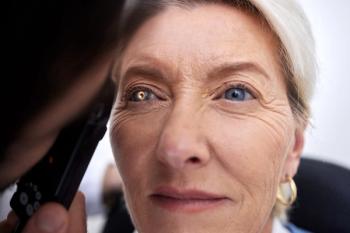
New York ODs seek expanded scope of practice
New York is one of the two states that have yet to allow optometrists to prescribe certain oral medications, but the state’s ODs are looking to change that.
Albany, NY-New York is one of the two states that have yet to allow optometrists to prescribe certain oral medications, but the state’s
The
“Optometrists in New York are seeking authority to administer and prescribe medication orally that we currently prescribe topically. There is no difference in potential side effects, drug interactions, or mechanism of action from what we already prescribe every day,” NYSOA President Christopher Colburn, OD, told Optometry Times. “This legislation simply permits an additional route of administration for medication that patients in New York require to most effectively manage their eye conditions. Requiring patients in New York to visit multiple providers, in many cases utilizing emergency rooms, for conditions that are clearly within optometry’s domain, is cumbersome for the patient and wasteful of healthcare resources. It is inconceivable that residents of New York continue to be denied access to necessary care that they can receive in 48 other states.”
The bill would require ODs to complete 25 hours of phase-3 therapeutic pharmaceutical agent certification course of didactic education. ODs in New York say the bill could fill a need for rural patients who may not be able to get to an ophthalmologist. Ophthalmologists, however, are not in favor of the bill.
Next:
Newsletter
Want more insights like this? Subscribe to Optometry Times and get clinical pearls and practice tips delivered straight to your inbox.



















































.png)


